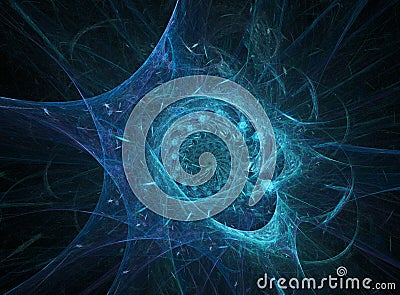


According to the Google Research blog: “ One of the challenges of neural networks is understanding what exactly goes on at each layer. The output layers then assemble these into a final interpretation, an “answer” delivered by neurons that determine whether the image best depicts a house, an animal, or a fruit.ĭue to the non-linearity of these frameworks, the process of how neural nets actually arrive at such dreamlike outputs is still a bit of a mystery to researchers, though there are now some tools available to help decipher this. The lower input layers interpret basic features, like edges or corners - analogous to an infant’s ability to perceive the fuzzy edges of a familiar face - while the intermediate layers take these basic interpretations and look for overall shapes. One can imagine it almost as a stacked sieve for information: these neural networks consist of 10 to 30 interconnected layers of artificial neurons, with some designated as “input,” “output” and intermediate “hidden” layers (here, “deep learning neural networks” refers to systems with five or more layers). Researchers have “trained” these networks by feeding them millions of images and gradually adjusting the network’s parameters until it gives the desired classifications.
#XDREAM NEURAL NETWORK SERIES#
Produced by Google’s artificial neural network (ANN) for image recognition, these wildly imaginative visuals are generated by a neural network that is actually a series of statistical learning models, powered by deceptively simple algorithms that are modelled after evolutionary processes. Deep Dreams of an Artificial Neural Network
#XDREAM NEURAL NETWORK CODE#
Google has since opened up DeepDream, their source code for spawning these psychedelic images, and people are running with it, turning mundane photos into hallucinatory works of art, or horror, depending on one’s perspective. What happens when machines dream? It’s a question that has been explored by science fiction authors and artificial intelligence experts alike, and now, thanks to Google’s engineers, we now have insights into what a computer brain’s daydreams might actually look like, as seen in these trippy, psychedelic images that have recently been making the rounds on the Web.


 0 kommentar(er)
0 kommentar(er)
